Peter Attia, MD is the author of a popular new book called Outlive: The Science and Art of Longevity. The book contains many thought provoking actions to ‘live better for longer’. One of the ‘prescriptions’ looks at why exercise is the most potent pro-longevity ‘drug’.
He writes a weekly newsletter which forms the basis of this post today (you can read the original article here)
“One of the questions I’m asked most frequently is, “am I too old for exercise to make a difference?” The answer is always a great, big, resounding, “NO.”
Substantial evidence has demonstrated an array of positive health effects of physical activity in older populations. Recently, I came across an example of such a story – one so remarkable it simply needed to be shared, and which I hope will serve to remind all of us, regardless of age or fitness level, that exercise is a critical element of any formula for healthy aging.
Meet Richard Morgan, a 93-year-old rowing champion
Twenty years ago, Richard Morgan, a then-73-year-old retiree from County Cork, Ireland, attended one of his grandson’s college rowing practices. Though Morgan hadn’t devoted any attention to physical activity in his life up to that point, the coach offered to let him use one of the machines, and he accepted.
Fast-forward to present day, and 93-year-old Morgan is a four-time world champion in indoor rowing, most recently winning the 2022 title in the 90-94 age division. He rows nearly 20 miles every week, mainly (~70%) at low intensity, with 20% at moderate intensity and 10% at high intensity. Altogether, he is estimated to have achieved a cumulative rowing distance of nearly ten times the circumference of the Earth over the last two decades, in addition to maintaining a resistance training regimen with dumbbells approximately twice per week (*see below for more on strength training)
And recently, he’s attracted the attention – and amazement – of researchers investigating aging and physical performance.
A case study in healthy aging
Studying the oldest members of society can provide insights on the science and processes of aging – for instance, whether losses in muscle mass and cardiorespiratory fitness are inevitable with advancing age or are instead at least partially explained by a reduction in physical activity level. So when news of Richard Morgan’s physical prowess reached investigators in Ireland and the Netherlands, they invited him to undergo various physiological and performance tests in the hope of shedding light on these questions.
The results, published in a brief report this past December, astounded the investigators. Body composition measurements determined Morgan to have high muscle mass (105 lbs; 80.6% of total body mass) and a body fat percentage of 15.4% – values that would fall within a healthy range for a man half his age (**see below on how we can measure body fat percentage).
Equally impressive were his metrics of cardio function and physical performance, approximating those of a healthy man in his 30s or 40s. These results were all the more remarkable given that Morgan had only started exercising in his 70s – building up his fitness, as he says, “from nowhere.”
Exercise: a powerful intervention with no expiration date
The study authors admit that genetics may play some part in Richard Morgan’s age-defying fitness, and in the absence of baseline data from before he took up rowing, we cannot know to what extent his current physical health is attributable to the deliberate addition of exercise to his daily routine (though it certainly would have contributed significantly). But even with these caveats in mind, we can nevertheless derive important lessons from his experience.
For one, it shows us that the so-called “normal” trajectories of age-related physical decline are not predestined and unavoidable. The mere fact that Morgan exhibits the body composition and cardiovascular fitness expected of a much younger man is evidence that the human body is capable of sustaining a high level of physical health far longer than many assume could be possible, and collective evidence from research strongly indicates that regular exercise is a necessary and powerful means for achieving this.
But perhaps the most inspiring aspect of Morgan’s story is that no one is ever too old to reap the benefits of physical activity. One of Morgan’s grandsons describes his grandfather as having shown “huge benefits in sense [sic] of mood and energy levels” since he incorporated rowing into his life in his early 70s, and other evidence tells us that even later starts can see similar rewards. So I cannot emphasize enough that there is no such thing as “too old to exercise.” I’ve often praised its many benefits, and when it comes to health and longevity, this particular prescription comes with no expiration date.”
*Strength training is becoming a focal point for consumers across all ages and fitness levels. The wide-ranging health and mental benefits of strength training are increasingly being recognized by individuals of all ages and genders. Although strength training was once a fitness segment primarily cornered by male athletes and appeared intimidating to the average fitness enthusiast, consumers of all ages and levels are using strength training to build muscle, becoming stronger and healthier.
In particular, women and adults over 55 years old are actively “lifting heavy” and shattering the image of what a weightlifter looks like,
Despite the availability of various workout options (such as yoga, barre, HIIT, Pilates and dance cardio), older users are also invested in resistance training to build muscle, promote joint health, and preserve bone mineral density, eager to work on functional movement to improve their daily life and participation in recreational sports.
**Notice the results didn’t include his overall weight, which can be misleading. Body fat percentage is a better indicator of overall health, as well as maintaining an appropriate level of muscle mass. At JCFit, we use an InBody Body Composition Analysis tool to measure not only how much we weigh but the more important components of body fat and muscle mass.
If you are unsure how to start any sort of physical exercise program or are simply just curious what your body fat percentage is, we can help. Simply book a No Sweat Intro (not a workout, just a chat about you and your goals) and one of our coaches can help design a customized plan, whether you want to row around the world 10 times, play pickleball with your friends or just keep up with your kids/grandkids.


